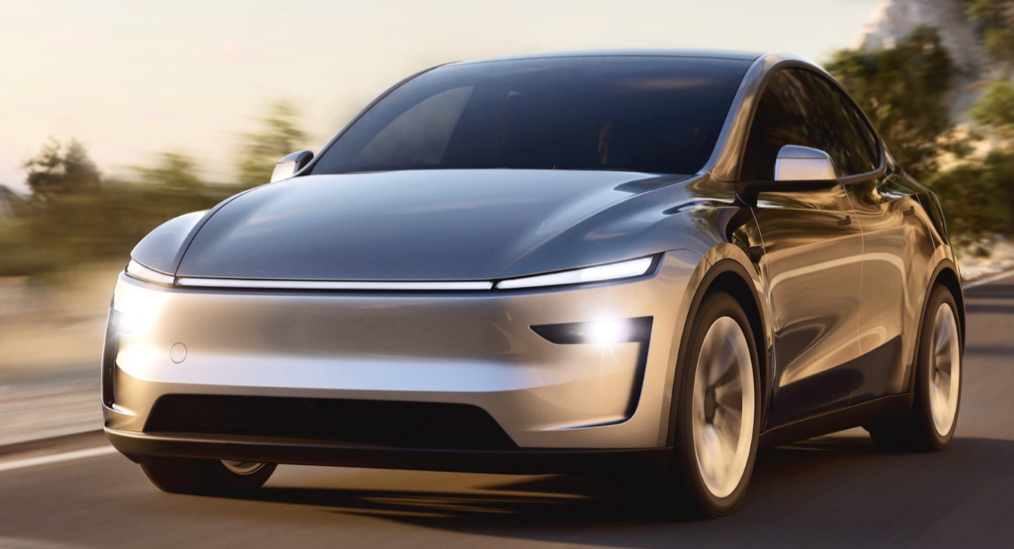Here’s a breakdown of where things stand with autopilot / ADAS / self-driving in EVs — which systems are good, what level they’re really at, and who is nearest to “full self-driving”

🚦 Definitions & Levels of Autonomy (SAE)
To compare fairly, it helps to know the standard levels:
- Level 0-1: Basic driver assist (lane keep, adaptive cruise, etc.)
- Level 2: Partial automation; car controls steering + speed in certain conditions but driver must monitor.
- Level 3: Conditional automation; under certain conditions, driver can take eyes off road, but must be ready to intervene.
- Level 4: High automation; car can handle all driving tasks in certain environments; no driver intervention needed in these conditions.
- Level 5: Full automation; no driver needed ever, all conditions.
Most EV autopilot systems today are Level 2, a few Level 3 (very limited), none truly at 4 or 5 for general private ownership yet.
🔍 Key Autopilot / ADAS Systems & How They Compare
Here are some of the best / most advanced systems in production or near production, and what makes them strong or weak.
| System | Manufacturer(s) | Key Features / What It Actually Does | Strengths | Weaknesses / Limitations |
|---|---|---|---|---|
| Tesla Autopilot + Full Self-Driving (FSD / “Supervised”) | Tesla | Lane-centering, adaptive cruise, automatic lane changes, recognizing traffic lights & stop signs, “Autosteer on City Streets,” Summon, etc. (Wikipedia) | Very mature; large data / fleet; fast updates; good highway driving; many features available now | Not Level 3; driver must always be attentive; urban driving still error-prone; regulatory challenges; differences in feature sets by region. (Wikipedia) |
| Mercedes-Benz Drive Pilot | Mercedes | Claimed to be the first to offer SAE Level 3 in limited production / limited conditions. (S-Class, EQS) (iSeeCars) | Legal/regulatory approval for Level 3 in some markets; hands/off capability in specific zones / highways. (iSeeCars) | Very narrow scope: specific roads, conditions, regionally restricted; low speed or highway only; expensive; still early. |
| GM Super Cruise | Cadillac, GMC, etc. | Hands-free highway driving; driver monitoring; good performance on mapped highways. (iSeeCars) | Very polished for highway driving; strong safety features; good user experience. | Doesn’t do city driving; still Level 2; requires mapped roads; limited in some geographies. |
| Ford BlueCruise | Ford / Lincoln | Similar highway hands-free features; lane keeping + cruise; some automatic lane changes in more recent versions. (Edmunds) | Decent alternative outside of Tesla; pretty safe and stable highway assist. | Same limitations: not full self-driving, driver required; limited to certain roads; doesn’t handle intersections/traffic signals broadly. |
| Chinese ADAS / “Navigation-Guided Pilot” Systems (e.g. Xpeng, BYD etc.) | Xpeng, BYD etc. | These are pushing forward fast: “driver assist” + navigation guided pilot in China, able to handle many expressway/highway tasks, some urban functions. (Investopedia) | Rapid innovation; cheaper cost; big investment; possibly leading edge in China for certain controlled environments. | Regulatory / safety validation may lag; many features region-locked; less mature outside China; hardware / map coverage / driver monitoring not always as robust. |
🥇 Who is Nearest to Full Self-Driving?
If you rank by how close they are to fully self-driving (in terms of tech & regulation & deployment), here’s an approximate ordering:
| Rank | System | Why they are “closest” |
|---|---|---|
| 1. Mercedes-Benz Drive Pilot | Because they have an official Level 3 approved system (in some places) for highways. That means you can under certain legal rules let the car drive while you are less engaged (hands off, eyes off in those specific zones). (iSeeCars) | |
| 2. Tesla FSD (“Supervised”) | Tesla has very mature Level 2+ tech. Their FSD claims are ambitious; via fleet data, many features already work fairly well (e.g. stop sign / light recognition, city street driving in some beta regions). But it’s not yet Level 3 or above in most regulatory regimes. (Wikipedia) | |
| 3. GM Super Cruise / Ford BlueCruise etc. | Very strong regionally, especially on highways; good safety and mapping; but more limited scope (don’t handle city intersections & traffic signals with full autonomy). | |
| 4. Chinese firms (Xpeng, BYD, etc.) | Rapid progress; very good in certain environments; probably catching up fastest in terms of feature set; but less regulatory clarity, less global reach, less “field testing” reported in harsh / unstructured environments. |
⚠️ What “Full Self-Driving” isn’t (yet)
To be clear, even the best systems today don’t do all of the following safely under all conditions:
- No system “you can just sleep while it drives you everywhere.”
- City jungles, complex intersections, walking traffic, odd road layouts are still extremely challenging.
- Driver still needs to pay attention; most regulations demand lot of oversight.
- Regulatory, safety, map coverage, sensor reliability, and edge-case behavior (unexpected obstacles, weird weather) are still big problems.